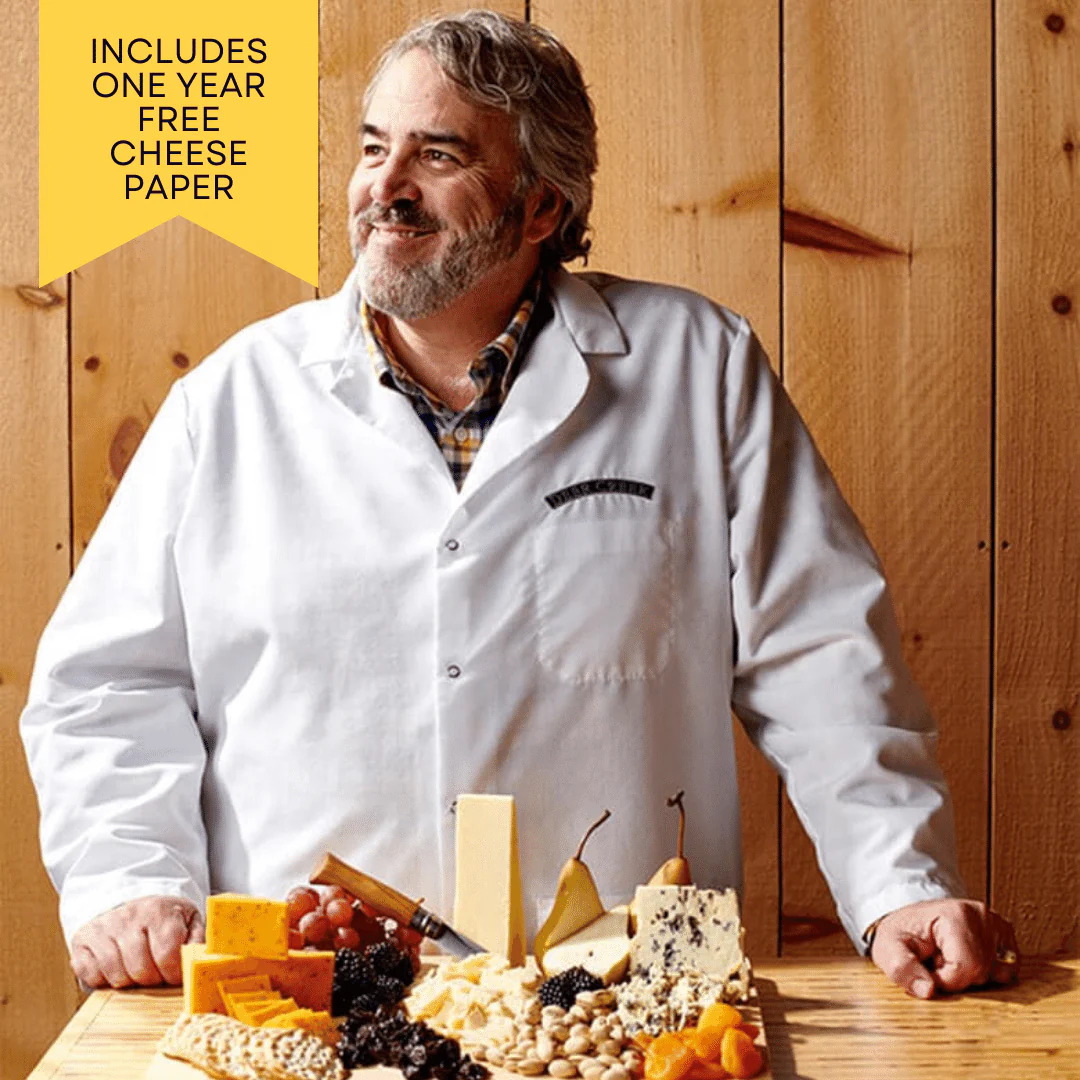
If you’re a cheese lover or just someone curious about trying new foods, you may have heard the term “raw cheese” floating around. But what exactly is raw cheese, and what makes it so special? In this light and easy-to-read guide, we’ll explore the uniqueness of raw cheese, focusing on its nutritional benefits and the important role of its microbial content.
What Is Raw Cheese?
Raw cheese is made from milk that hasn’t been pasteurized. Pasteurization is a process where milk is heated to a high temperature to kill harmful bacteria. While pasteurization can make milk safer, it also removes some of the natural bacteria and enzymes that give raw cheese its unique flavors and characteristics.
In raw cheese, the milk is kept in its natural state, and these beneficial bacteria and enzymes remain intact. According to cheese enthusiasts, this gives raw cheese a more complex, rich flavor compared to its pasteurized counterparts. But there’s more to raw cheese than just taste—it also comes with some interesting nutritional perks!
Nutritional Benefits of Raw Cheese
One of the main reasons people choose raw cheese is because of its nutritional value. Let’s break down some of the top benefits:
1. Higher in Nutrients
Raw cheese is often said to be more nutrient-dense than pasteurized cheese. This is because the pasteurization process can reduce or destroy certain vitamins and minerals found in milk. Raw cheese retains more of these important nutrients, including:
- Vitamins A, D, and K2: These vitamins support everything from eye health to immune function and bone strength.
- Calcium and Phosphorus: Essential for healthy teeth and bones, these minerals are naturally abundant in raw cheese.
2. Better Digestibility
Some people who are sensitive to lactose or have difficulty digesting regular cheese find raw cheese easier on their stomachs. This is because the natural enzymes in raw milk help break down lactose, making it easier for your body to process.
3. Rich in Healthy Fats
Raw cheese contains a higher concentration of healthy fats, such as omega-3 fatty acids, which are beneficial for heart health and brain function. These fats give raw cheese a creamier texture and a richer flavor.
The Role of Microbial Content
One of the most fascinating aspects of raw cheese is its microbial content. When we say “microbial,” we’re referring to the bacteria, yeasts, and molds that naturally occur in raw milk. While the idea of bacteria in cheese might sound a little unsettling, don’t worry—these microbes are friendly and play a key role in shaping the cheese’s flavor, texture, and nutritional profile.
1. Flavor Development
The natural bacteria in raw milk interact with the cheese as it ages, creating a more diverse range of flavors. These bacteria break down proteins and fats, which is why raw cheese can have such a complex taste. Whether it’s a mild, buttery flavor or a strong, tangy one, the microbial activity is what makes raw cheese so interesting to your taste buds.
2. Probiotics for Gut Health
Some of the bacteria in raw cheese are considered probiotics, which are beneficial for gut health. Probiotics help maintain a healthy balance of bacteria in your digestive system, which can improve digestion, boost your immune system, and even enhance your mood.
3. Natural Aging Process
Raw cheese typically undergoes a longer and more natural aging process. During this time, the cheese’s microbial content continues to evolve, further enhancing the flavor and texture. The aging process also reduces the amount of lactose in the cheese, which can make it even easier to digest over time.
Why Try Raw Cheese?
If you’ve never tasted raw cheese before, you might be wondering: is it really worth it? The answer depends on what you’re looking for in your cheese experience. If you enjoy complex, bold flavors and are curious about trying something new, raw cheese can offer a whole new world of taste. Plus, with the added nutritional benefits and probiotic content, it’s not just delicious—it’s also good for you.
However, it’s important to note that raw cheese should be purchased from reputable sources to ensure it’s made safely. When buying raw cheese, look for products that have been properly aged (usually at least 60 days) and follow strict quality standards.
Final Thoughts
Raw cheese stands out for its rich flavor, high nutritional value, and its unique microbial content. Whether you’re a cheese aficionado or someone who’s just starting to explore the world of artisan cheeses, raw cheese offers something truly special. From the way it’s made to the way it tastes, every bite tells a story of tradition, craftsmanship, and nature at its finest.
So next time you’re at a specialty cheese shop or browsing for gourmet options online, consider giving raw cheese a try. Your taste buds—and your body—will thank you!







